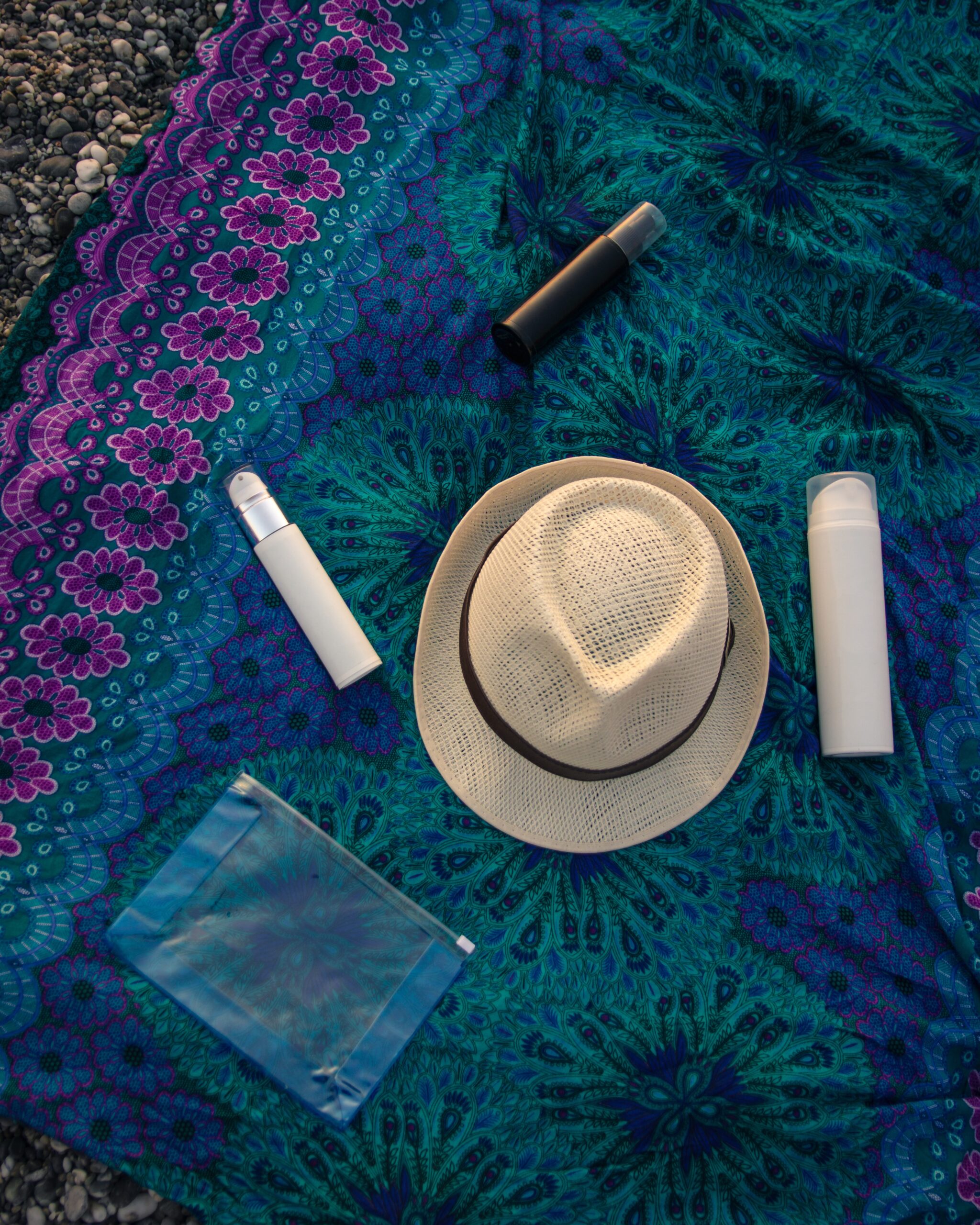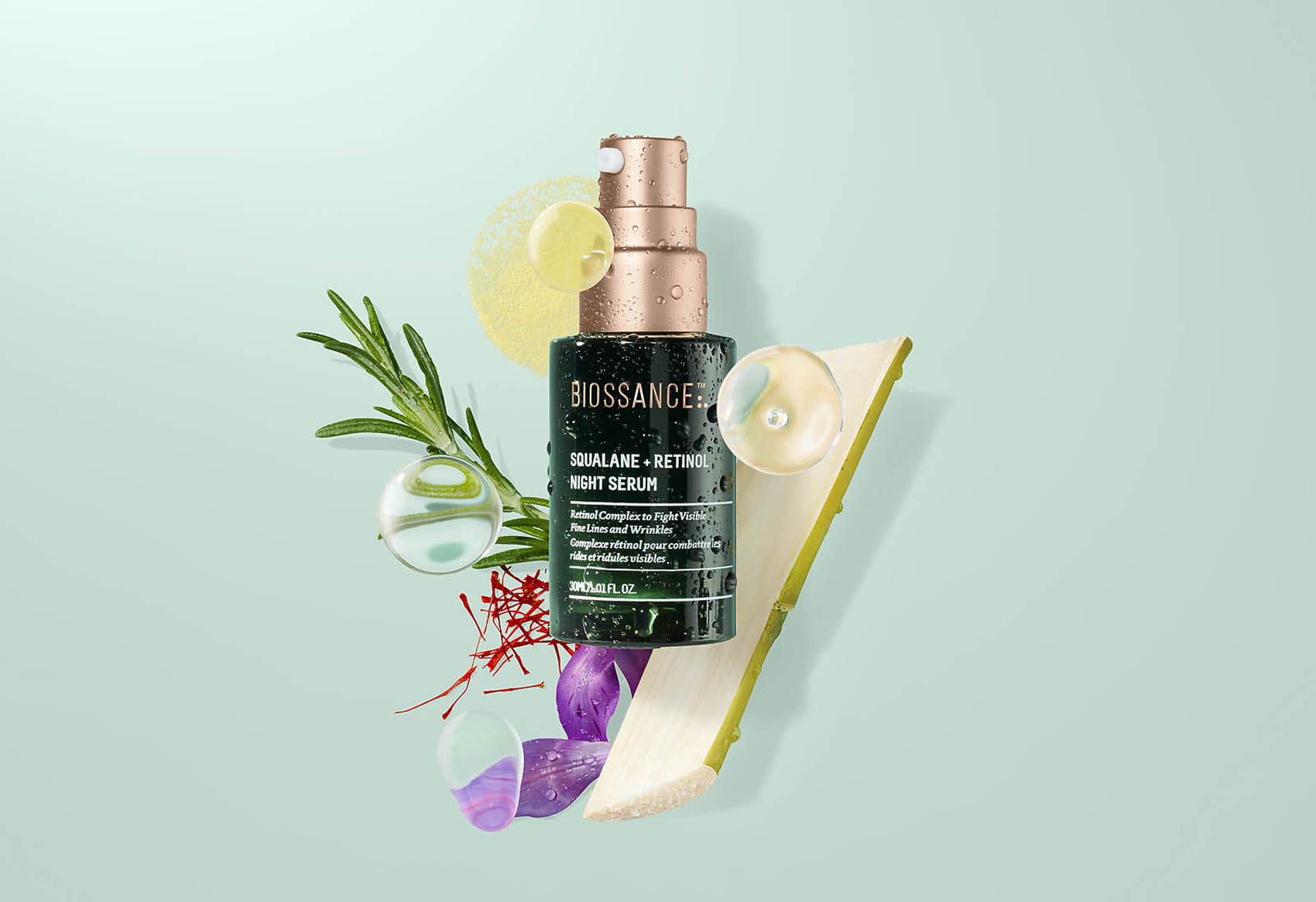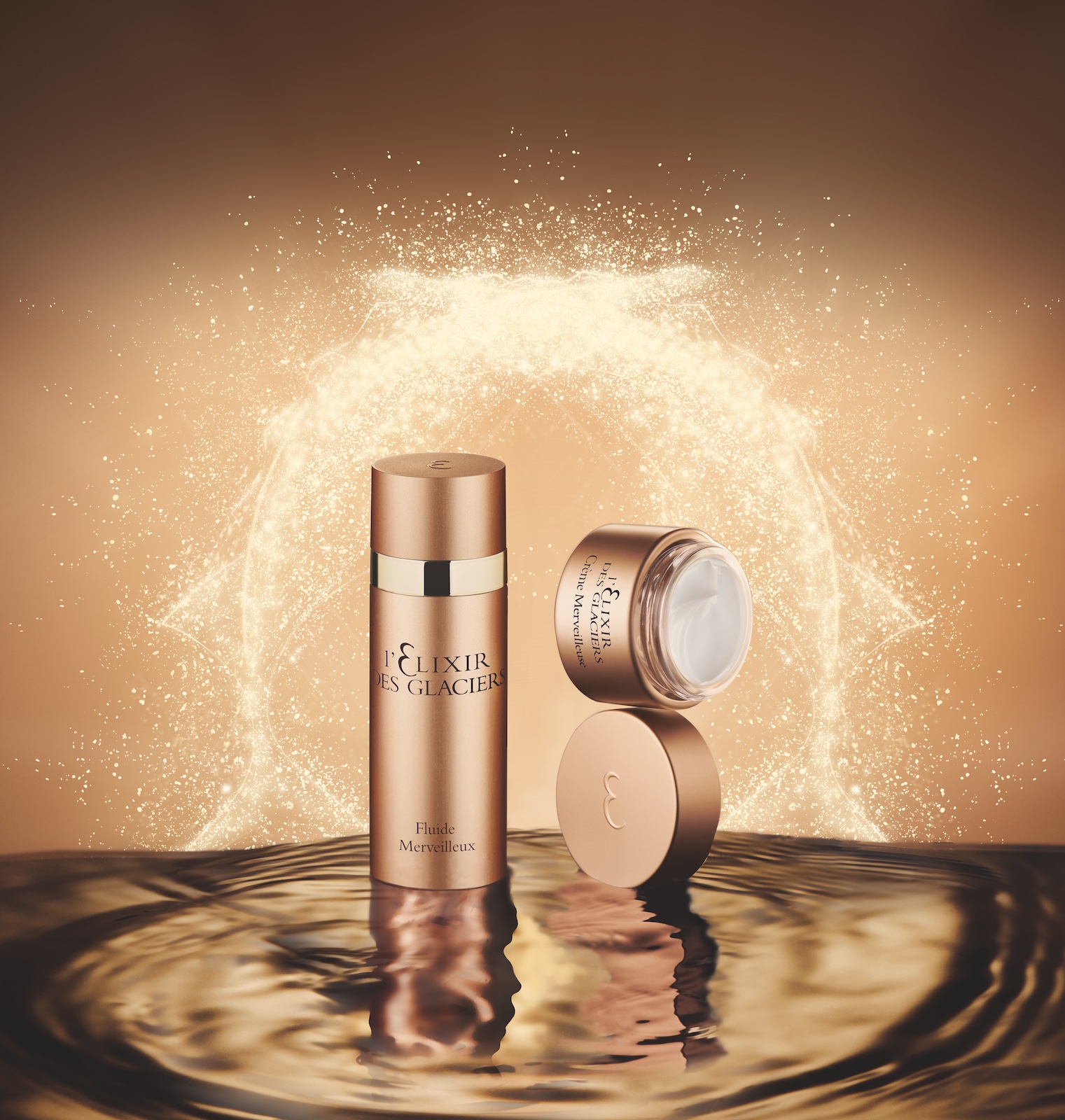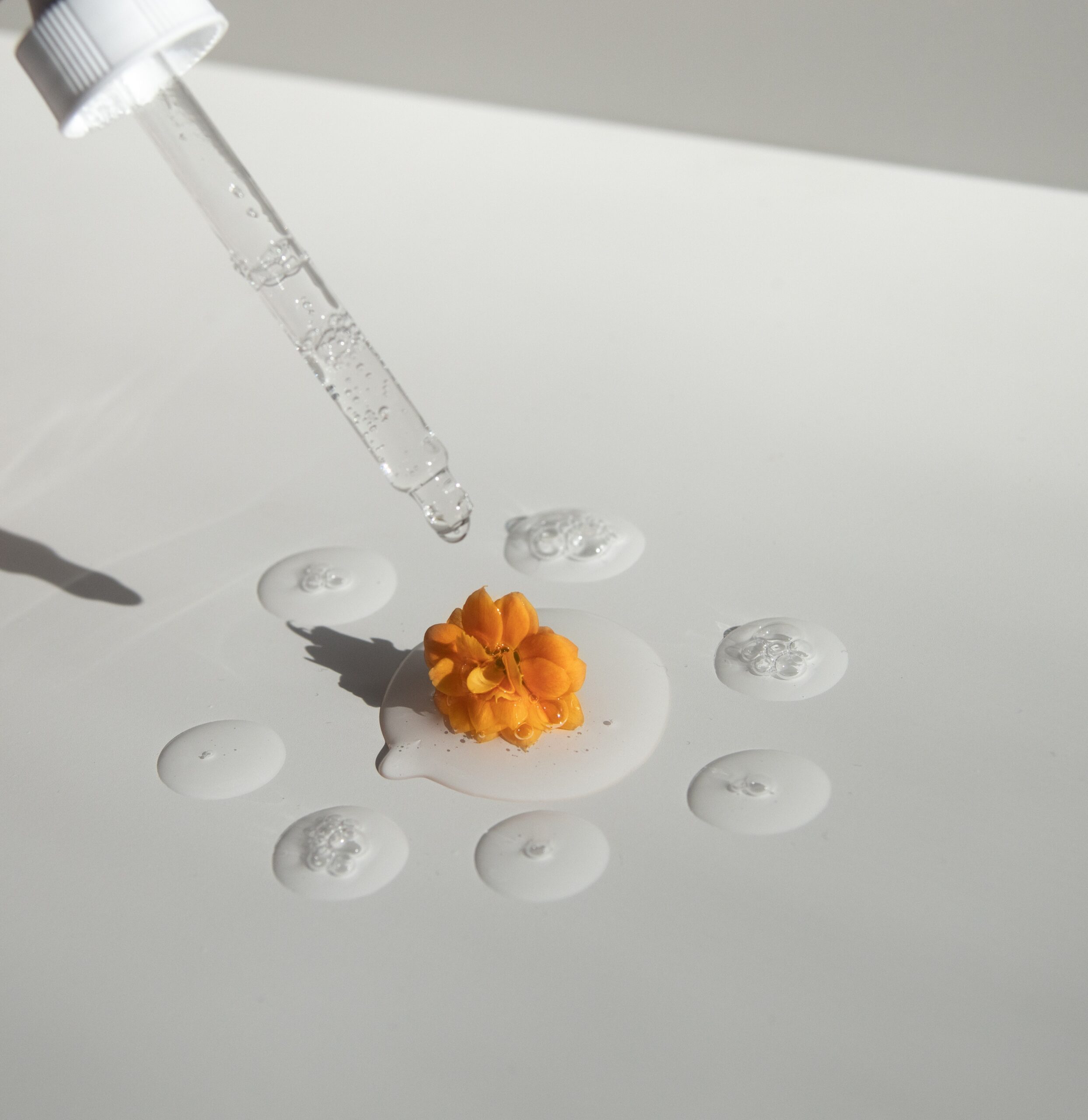How to Use Acids Safely in Skincare
Don't feel the burn.
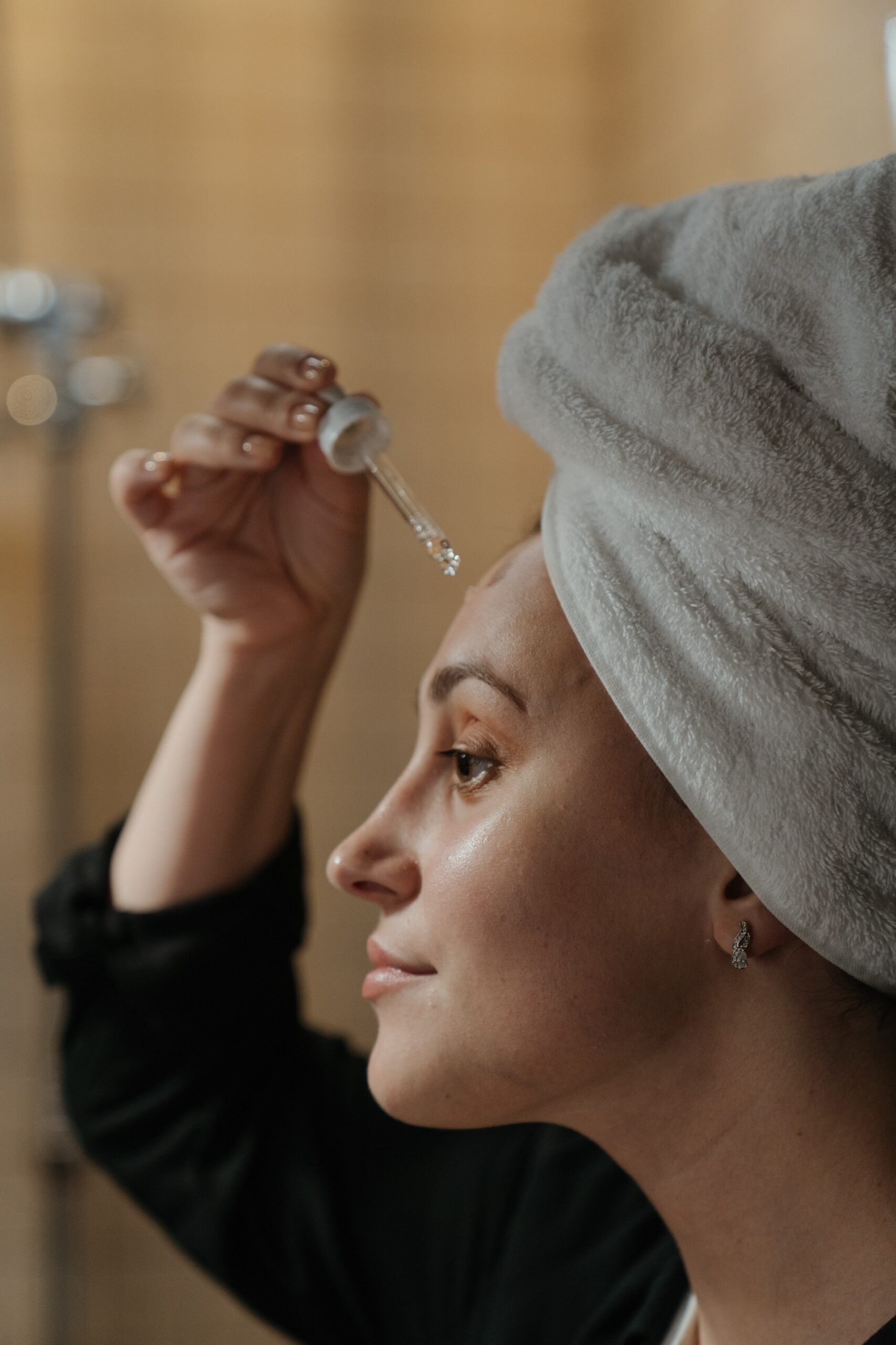
If you studied chemistry at school and were taught to handle acids with goggles, a lab coat, and an abundance of caution, you may well balk at the idea of applying them to your face. Alpha hydroxy acids (AHAs such as glycolic, mandelic, and lactic acid), beta hydroxy acids (BHAs like salicylic acid) and polyhydroxy acids (PHAs including maltobionic acid) are now commonplace ingredients in cosmetic procedures and skincare at home.
It’s for good reason—the right ones exfoliate the skin to help reduce the appearance of fine lines, scarring, and sun damage, make the complexion look more even and glowy, and treat acne. Dermatologist Dr. Angela Law of Dermapure Group suggests AHAs, which are water-soluble and plant-based, if you have drier skin and are looking for collagen stimulation. “BHAs can penetrate deep into the sebaceous gland and are often better for normal to oilier skin types,” she says.
However, there is a risk. “Peels essentially cause controlled chemical burns of the skin,” explains dermatologist Dr. Doris Day, speaking about medical-grade in-clinic peels. “There can be permanent scarring and burns if the concentration is too strong for your skin or if you don’t take the right care of your skin before and after the peel.”
Acids that you use at home aren’t likely to harm the skin to such an extent —they aren’t concentrated enough—but they should be applied with caution. Dr. Law says the most common complaint she sees with incorrect use is irritant contact dermatitis, an eczema-like reaction that happens when the skin barrier is damaged. “This can sometimes lead to prolonged periods of irritation to the skin and development of conditions such as periorificial dermatitis,” she says.
Dr. Law has seen a significant uptick in patients at her clinic complaining of these problems. When she digs into clients’ product use, she finds one big misconception. “[Patients believe] that you must exfoliate frequently and more aggressively in order to see results quicker,” she says. “I often see individuals that are using multiple products that contain chemical exfoliants (cleanser, toners, moisturizers), but when used all together it may have a synergistic effect and cause irritation.”
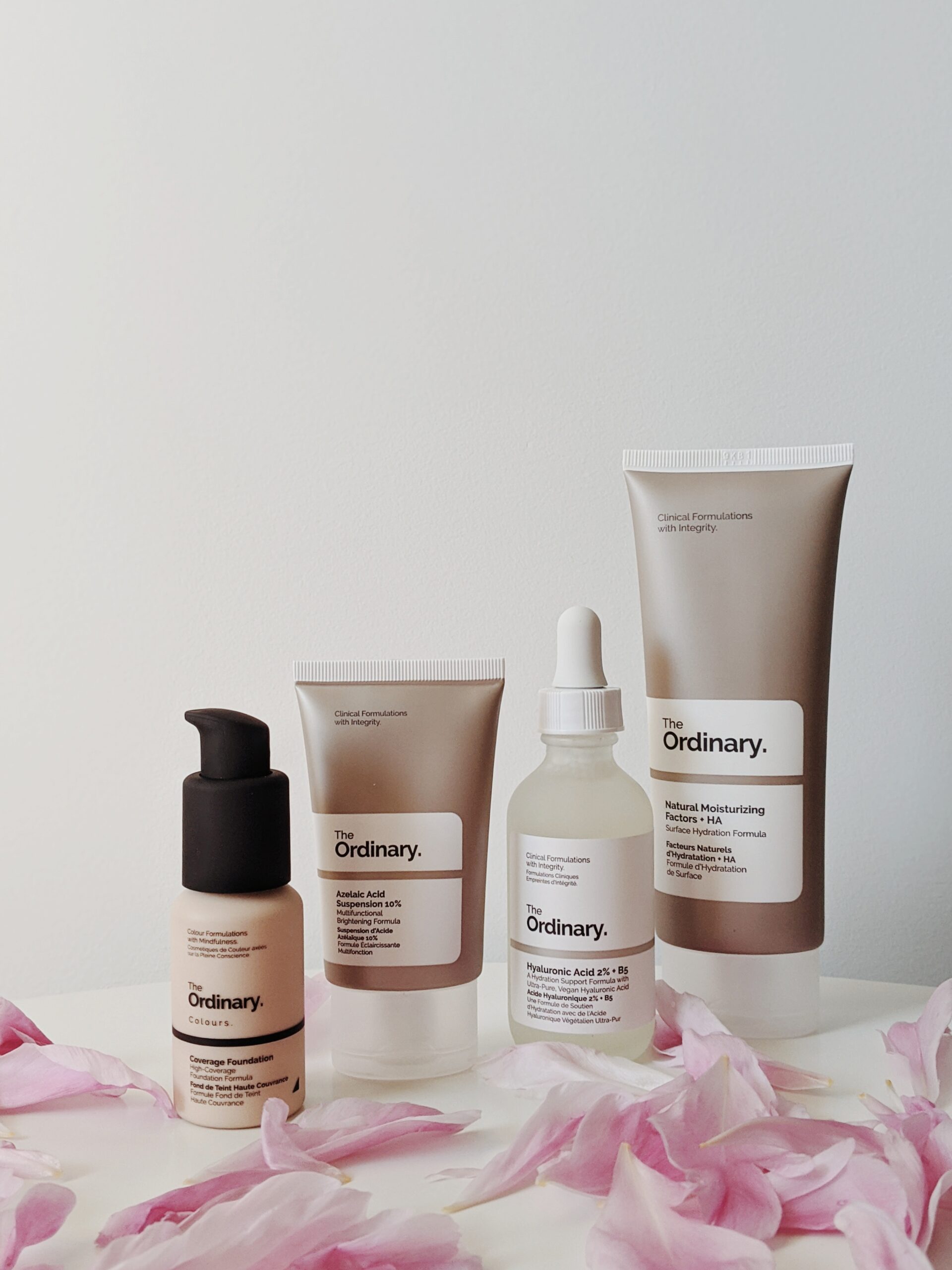
It’s up to the brands selling exfoliants to educate customers on proper usage. Deciem (parent company of The Ordinary) was at the forefront of a movement of ingredient-savvy customers taking control of their own skin care. These days, The Ordinary sells eight types of acid.
“Under every acid product we offer, we list precautions and warnings and give detailed directions,” says Prudvi Kaka, chief scientific officer for Deciem. “We always request users to follow directions on the product because when we do testing, we use those directions, and using it in a different way is inviting more problems.” The brand has such a devoted following that there are Facebook groups devoted to getting more from your Deciem regimen, and where possible, Kaka says, his team will intervene if they see incorrect usage advice being shared.
When it comes to introducing peels and acids into your skin-care routine, the consensus is: gently does it. “Go slow. Stop retinoids for three to five days before most peels, and tell your doctor if you are prone to cold sores or other infections in your skin. Start with a lower concentration and don’t use every day for skin-care products,” says Dr. Day.
Kaka agrees. “We recommend not to combine an exfoliating acid with a retinoid or another exfoliating acid,” he adds. “We wouldn’t recommend using our vitamin C in the same session [as an acid]—alternate days or use one in the morning and one at night. We also advise not mixing an antioxidant and a peptide with acid in the same session. That’s a general recommendation, though if someone has used that in the past, they can continue.” He says it’s essential for everyone to use moisturizer after acid, and sunscreen, too.
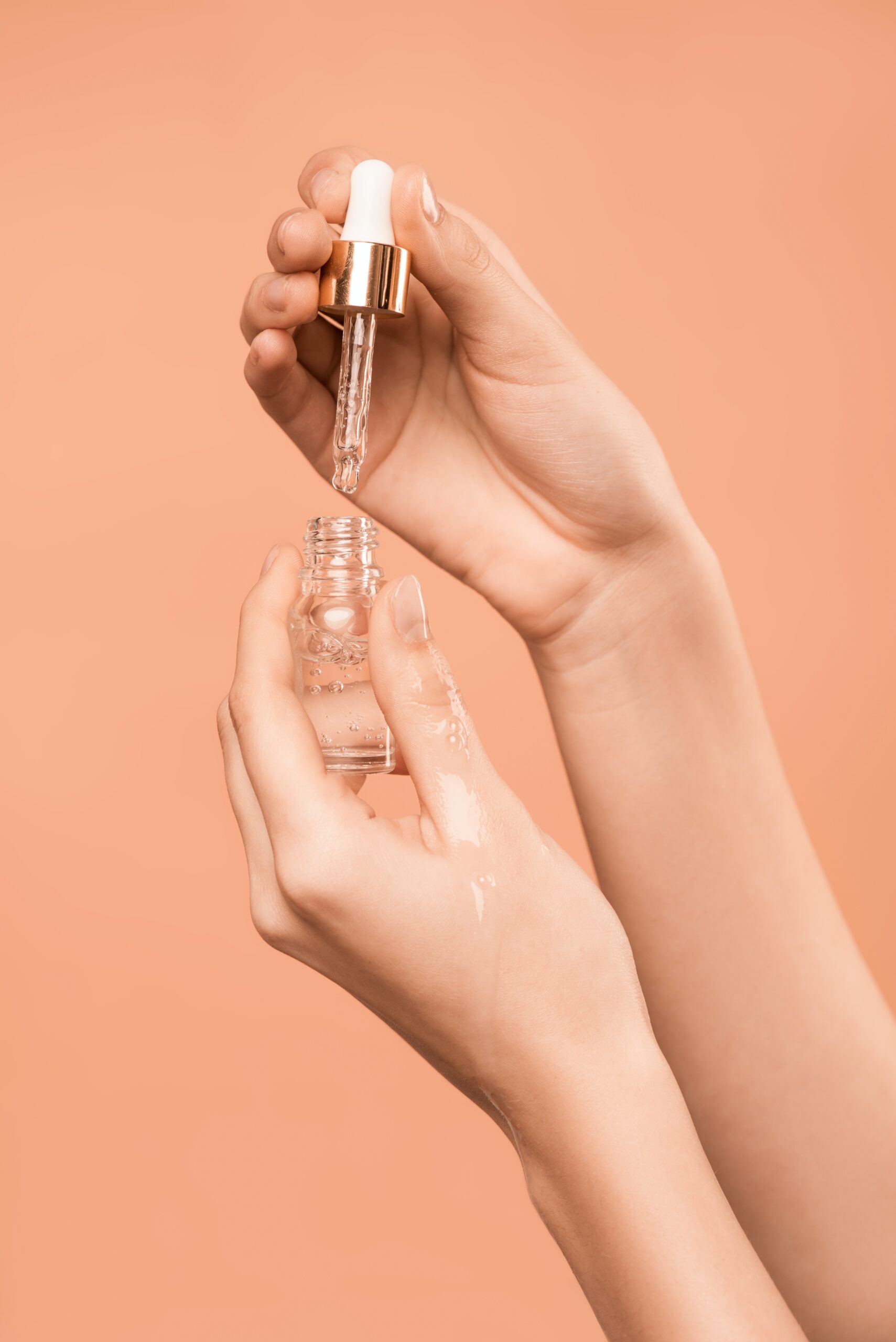
Dr. Day says people of colour may also have to approach peels and acids with caution. “We need to be very careful with anything that increases inflammation in the skin because there is an increased risk of discoloration,” she explains. “Peels can be done, but I generally start at lower concentrations and increase slowly, and I add brightening creams along with the treatment in order to minimize the risk of post-treatment hyperpigmentation.” Kaka says his team is refining product recommendations to make sure they’re helpful for people of all skin tones.
There are some people who might never be able to use acids and peels in their skincare routine. “Some individuals with sensitive skin or [who] have chronic skin conditions such as eczema or rosacea may not be able to tolerate any form of chemical exfoliant,” Dr. Law says. “There also may be circumstances that can cause more sensitive skin, or the use of certain chemical exfoliants may be contraindicated, such as pregnancy and breastfeeding, post sunburn, or post laser treatment.” She recommends completely stripping your regimen to water and moisturizer if you do react badly to an acid-based product.
Kaka points out that even if you aren’t able to use acids for skincare, you have options. “To me, I feel someone using acids is taking a reactive approach,” he says. “For a proactive approach, there are some amazing technologies, like Amino Acids + B5. Amino acids are the basic building blocks of the skin and body. They enhance the normal biological functionality of skin. Over time they can bring skin back to being normal and healthy. In The Ordinary portfolio, we have antioxidants, cleansers, hydrators, different types of molecule. There are multiple offerings that can lead skin in a good direction. Look beyond! As an overall point, we trust our customers to use products responsibly, especially acids. If they’re handled correctly, they can do amazing things.”
_______
Never miss a story. Sign up for NUVO’s weekly newsletter here.





